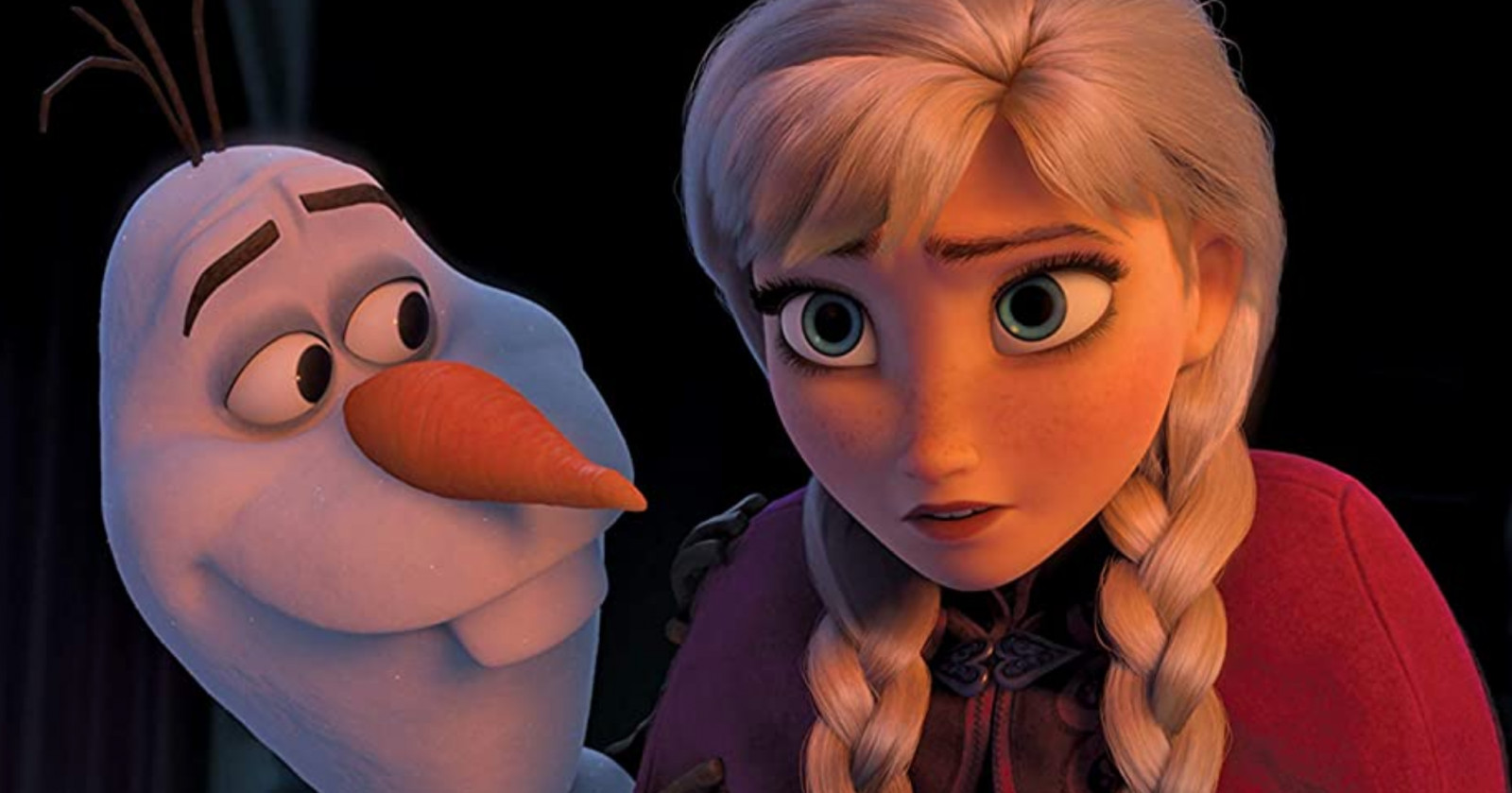
"Frozen" Helps Explain the Mystery Behind the Dyatlov Pass Incident03.02.2021
Researchers used the animation code developed by Pixar animators to generate realistically-looking snow.
In January 1959, a group of students and graduates of the Ural Polytechnical Institute in Sverdlovsk (now Yekaterinburg) set out to hike the northern Urals on skis. The expedition intended to climb Mounts Otorten and Oika-Chakur and was based around a group of experienced hikers—most of whom had considerable experiences leading similar excursions and braving adverse weather conditions. Unfortunately, their ambitious plans never came to fruition: the nine-person group, led by Semyon Zolotarev, perished in mysterious circumstances, and their bodies were found only a month later.
The tragedy at Dyatlov Pass, renamed after one the expedition leaders, would be the source of much controversy for years to come. Investigators posited a number of purported explanations for the incident, much of them focused on extreme weather events: an avalanche, hurricane winds, infrasonic phenomena, or unexpected meteorite strike. Some suggested that the Soviet hikers were murdered by the Siberian Mansi tribe or by prisoners from nearby gulags. Others, meanwhile, believed that the expedition fell victim to off-book military operations, weapons tests, or even claimed that some of the victims had connections to counterintelligence services.
Over sixty years later, new research data on the incident has come to light—in a report published with the specialist journal Communications Earth and Environment, a team of researchers explained, in detail, why they believed the Dyatlov expedition was killed by an avalanche. The avalanche theory is not new and was hotly contested ever since it first appeared early on in the Soviet investigation, mostly due to the fact that the group set up camp on a slope that was believed to have too mild of an incline. Furthermore, the medical examiner’s report describes the injuries and tissue damage sustained by the victims as so extensive that they could not be said to match similar cases.
When Swiss researchers from the Snow Avalanche Simulation Laboratory decided to reexamine the inconsistencies accrued over decades of repeated investigations into the incident, little did they know that help with the case would come from such an unexpected direction. Watching Disney’s blockbuster animation Frozen, the head of the simulation lab, Johan Gaume, was so struck by how meticulously the animators reconstructed the movement of snow that he decided to ask for the code and met with the studio’s lead snow effects artist. Drawing on the latter’s advice, Gaume was able to rewrite his own software that simulated avalanche trajectories and potential injuries produced by rushing snow. The new model confirmed that it moving blocks of snow were the most likely reason behind the tragedy at Dyatlov Pass.
For more information about the Swiss project, see report by Robin George Andrews, a science journalist with National Geographic.
see also
- Introducing the RADICALS
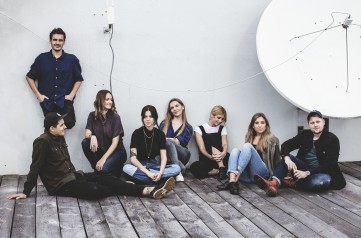
People
Introducing the RADICALS
- Alex Burkan Built a Working Lightsaber, Earning Himself a Guiness World Record
News
Alex Burkan Built a Working Lightsaber, Earning Himself a Guiness World Record
- Toto’s Africa to Play on an Endless Loop at a Desert Installation
News
Toto’s Africa to Play on an Endless Loop at a Desert Installation
- Creativity Without Limits. Another Series of Papaya Young Directors Stories Podcasts is Underway
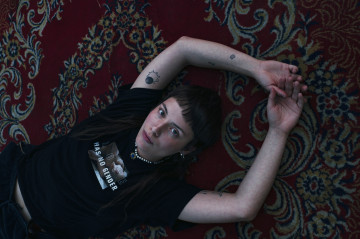 Papaya Young Directors
Papaya Young DirectorsNews
Creativity Without Limits. Another Series of Papaya Young Directors Stories Podcasts is Underway
discover playlists
-
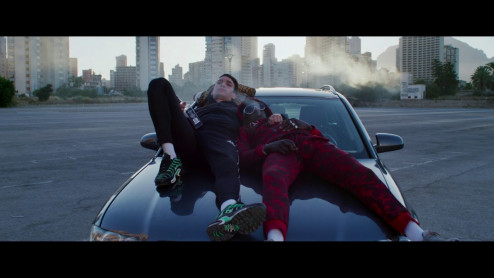 03
03 -
Lądowanie na Księżycu w 4K
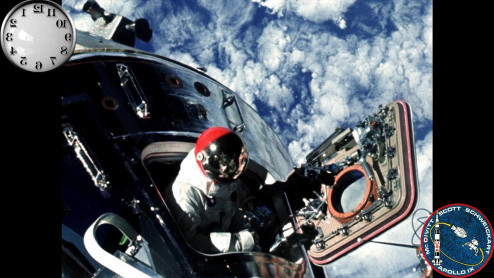 05
05Lądowanie na Księżycu w 4K
-
Walker Dialogues and Film Retrospectives: The First Thirty Years
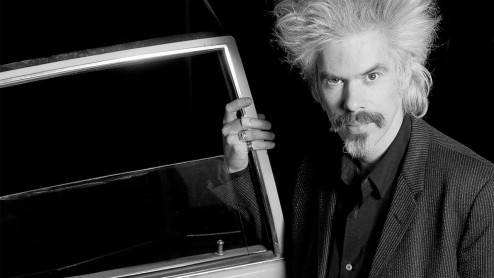 12
12Walker Dialogues and Film Retrospectives: The First Thirty Years
-
David Michôd
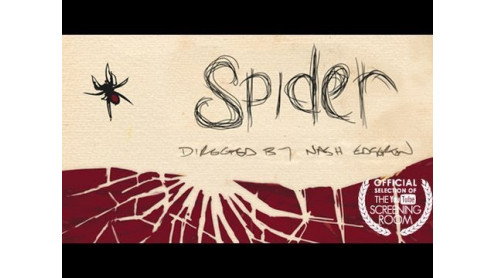 03
03David Michôd
